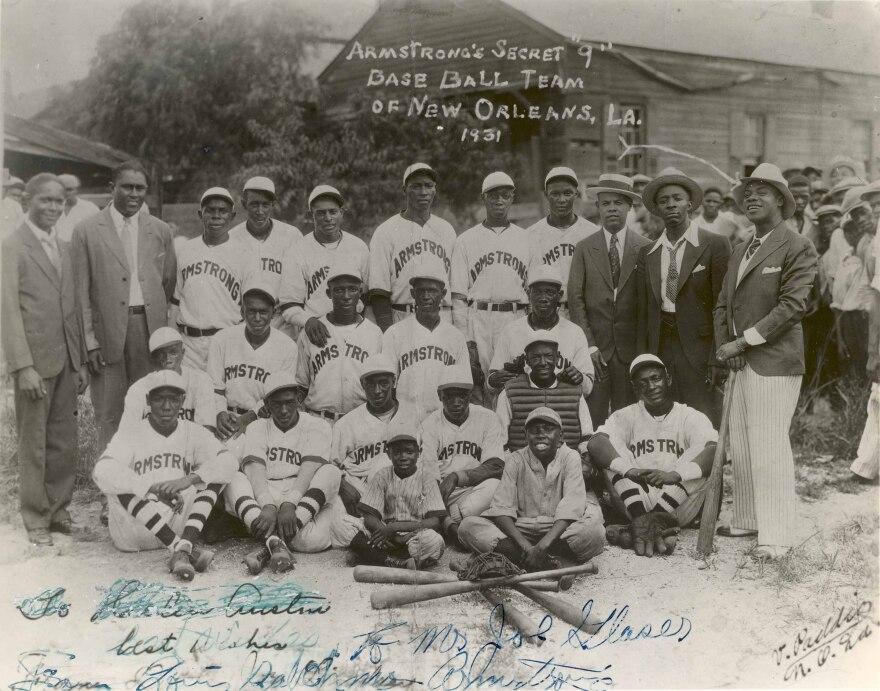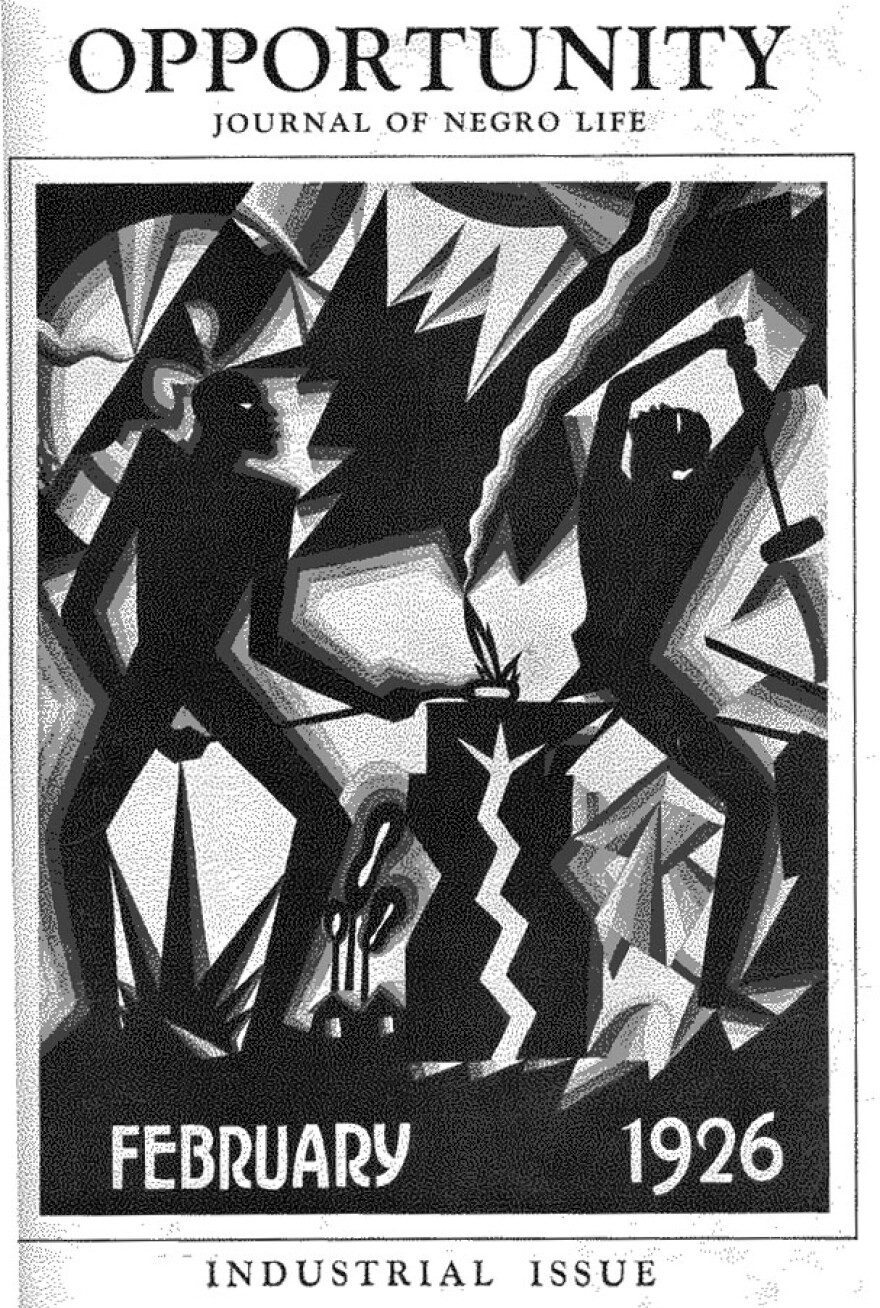When you hear the word swing, do you think of baseball or jazz? This week Wright State University will host the first national conference to explore the connections: “The Sultans of Swing: 100 Years of Baseball, Jazz, and Short Fiction”. In the early 20th century, African Americans took great pride in baseball’s Negro Leagues and famous jazz musicians, but they still lived with segregation. David Seitz traces this history in our latest Culture Couch story.
Before the word jazz came up in music, it was used in baseball. In 1912, Ben Henderson, a pitcher for the Portland Beavers told a Los Angeles Reporter, he would throw his “jazz ball” in the next game. Ben Zimmer, a writer on language, told the story for Radio Boston on WBUR. Henderson “told the reporter that he had a special pitch, a curve ball called the jazz ball that he was going to use, and he said it would just completely flummox the batters, cause it wobbles so much, they can’t do anything with it.”


Louis Armstrong understood this connection between baseball and jazz. Sharon Lynette Jones, a professor of African American literature and culture at Wright State University found this connection in her research. Armstrong “had an opportunity to buy uniforms for a baseball team that was called the Raggedy Nine, and they ended up calling themselves Louis Armstrong’s Secret Nine in a show of gratitude.” Nevertheless, Jones told me with a laugh, “Their baseball skills were not particularly phenomenal in any way.”
Negro League players and black jazz musicians were often brought together by the laws of segregation, according to Kevin McGruder, professor of history at Antioch College. McGruder explained, “African Americans had very few outlets of entertainment and so most likely the people who were owners of the black teams were the entrepreneurs in the community. So somebody who is booking a jazz group for a venue may also be the one who owns a baseball team, and that becomes a national network.”
Kevin McGruder shows me a photo that says it all. Duke Ellington and his band are playing baseball outside a motel in Florida while on a bus tour in 1955. McGruder narrates the story of this photo for me. Ellington is “leaning out with the baseball bat…like he might be bunting or stretching to reach a ball. The bus is on the right side of the picture. On the left side is a sign that says Astor Motel, and it’s a neon sign, and then at the top it says colored. Segregation was meant to dehumanize them, McGruder comments. He finally adds, “And you know, they’re playing baseball, so it doesn’t matter.”

African American writers also explored the power of baseball and jazz in short stories to address race and identity. In a story by Dorothy West from 1926, a couple struggles with differences in their marriage. Professor Jones explains the conflict. “He’s a big jazz fan and she is not. Many people of the time, Langston Hughes for example, really emphasized the connection between jazz and African American cultural expression. At the same time you have others that are really concerned about the role of jazz, that jazz wasn’t associated with respectable activities.”
Eventually, jazz and baseball would form a new relationship. Brooklyn Dodger Jackie Robinson and manager Branch Rickey led the integration of baseball. But ten years earlier piano player Teddy Wilson broke the color line in jazz when Benny Goodman brought him into his band.
“They’re breaking that barrier,” Professor McGruder explains. “That probably becomes inspiration for them to deal with what’s being thrown at them.”
The Sultans of Swing Conference at Wright State University will explore these stories and more Thursday 4/14 through Friday 4/15. Go to wright.edu/baseball to view a promotion video, see a full schedule of events, and to register for the conference.




